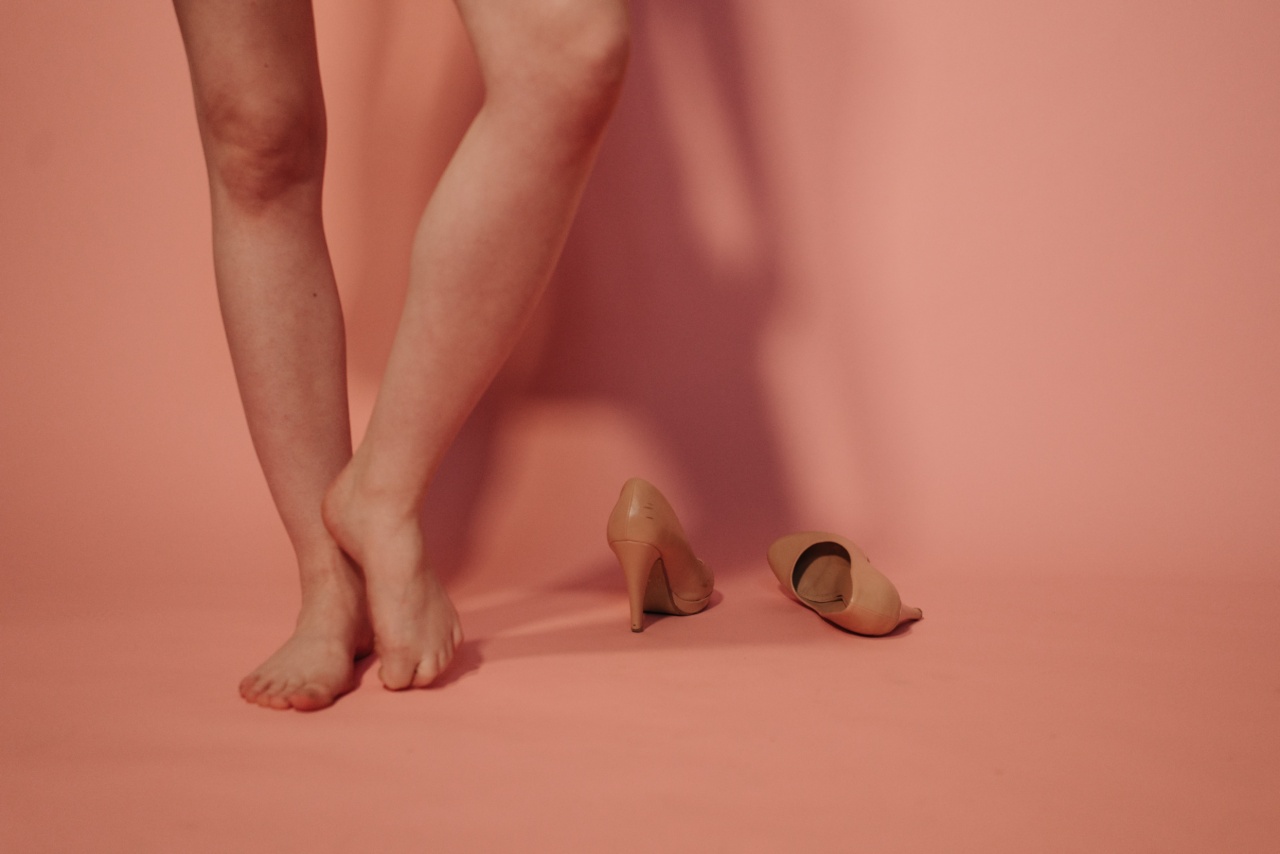High heels have long been a staple of fashion, representing femininity, grace, and elegance.
However, the price women pay for wearing these fashionable shoes can be quite high, as high heels can contribute to a variety of health issues, including knee pain and arthritis. While they may look fabulous, the long-term effects of wearing high heels can be detrimental to the knees and joints.
Understanding Knee Pain and Arthritis
Knee pain is a common complaint that affects millions of people worldwide. It can occur due to various reasons, including injury, age-related wear and tear, and certain medical conditions.
Arthritis, on the other hand, is a chronic condition characterized by inflammation and damage to the joints. There are different types of arthritis, with osteoarthritis being the most common form affecting the knee joint.
The Mechanics Behind High Heels
When we wear high heels, the entire weight of our body is shifted onto the balls of our feet and toes. This unnatural position alters the mechanics of our lower extremities, including the knees.
The high heels tilt the pelvis forward and force the wearer to make adjustments in their posture to maintain balance.
As the body compensates for the shift in weight distribution, it places additional stress on the knees and alters the natural alignment of the joints. The knees are designed to distribute weight evenly and absorb shock.
However, high heels disrupt this balance, leading to an increased risk of knee pain and arthritis.
The Impact on Knee Joints
Wearing high heels for prolonged periods can result in several adverse effects on the knee joints:.
1. Increased Pressure
High heels can significantly increase the pressure on the knee joints. The force exerted on the knees is multiplied when walking or standing in high heels, exacerbating wear and tear on the joint cartilage and contributing to knee pain.
2. Altered Gait
High heels cause an altered gait pattern. The shorter stride and increased pressure on the forefoot can lead to imbalances in muscle strength and coordination. This imbalance can put extra stress on the knee joints, leading to pain and discomfort.
3. Reduced Shock Absorption
The natural shock absorption mechanism of the lower extremities is compromised when wearing high heels. The increased pressure on specific areas of the foot results in reduced shock absorption upon impact with the ground.
Consequently, the knees bear a higher load and impact, increasing the risk of knee injuries and accelerating the development of arthritis.
4. Joint Instability
The alignment of the joints in the lower extremities is disrupted when wearing high heels. The ankle, knee, and hip joints are forced to compensate for the altered posture, which can lead to joint instability.
Over time, this instability can contribute to joint degeneration and the development of arthritis.
Preventing Knee Pain and Arthritis
While it may be challenging to completely avoid wearing high heels, there are steps you can take to reduce the potential harm to your knees:.
1. Limit High Heel Usage
Try not to wear high heels for extended periods. Reserve them for special occasions and opt for comfortable, supportive footwear for everyday activities.
2. Choose Lower Heel Heights
Consider opting for lower heel heights. The higher the heel, the more stress it places on your knees and joints. Lower heels that provide better stability and distribute weight more evenly are a safer choice.
3. Use Inserts or Cushions
Try using cushioning inserts or gel pads inside your high heels to provide extra shock absorption and cushioning for your knees.
4. Strengthen Leg Muscles
Regularly engage in exercises that strengthen the muscles around your knees and legs. Strong muscles provide better support to the joints and can help alleviate stress on the knee joint.
5. Practice Good Posture
Maintain good posture while wearing high heels. Engage your core muscles, keep your shoulders back, and distribute weight evenly between both feet.
Seeking Professional Help
If knee pain persists or worsens despite implementing preventive measures, it is essential to seek the advice of a healthcare professional.
They can provide a diagnosis, suggest appropriate treatment options, and help mitigate the long-term effects of wearing high heels.






























